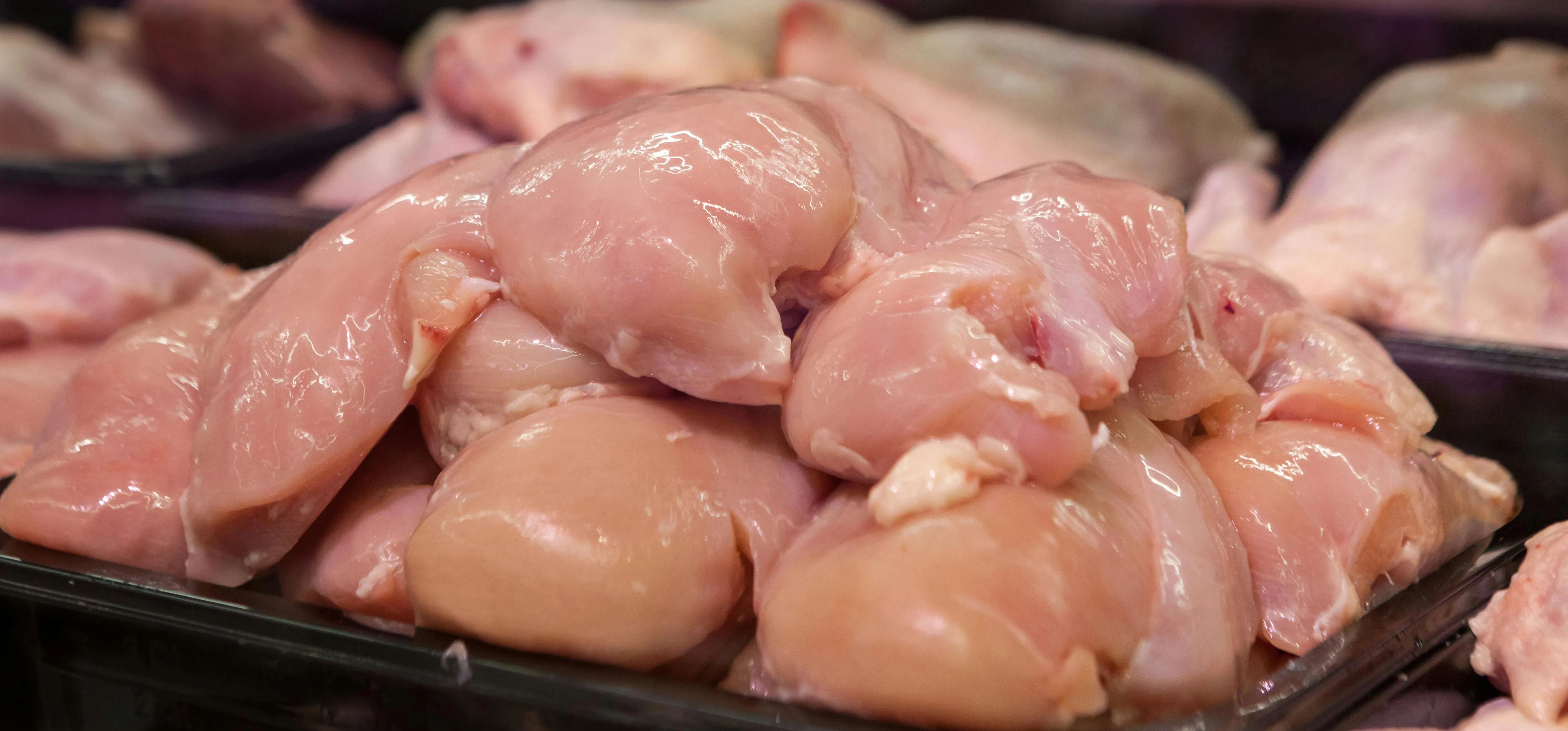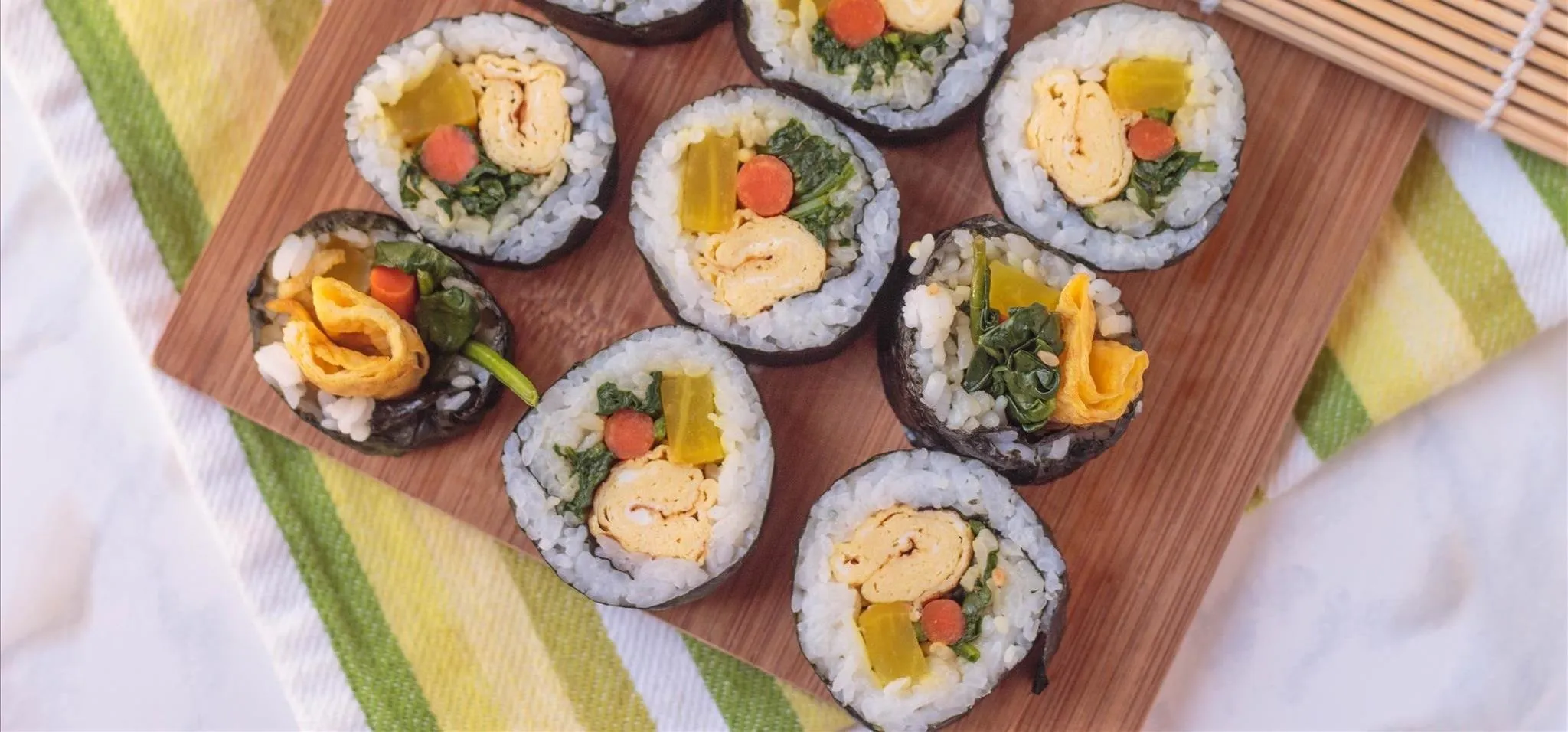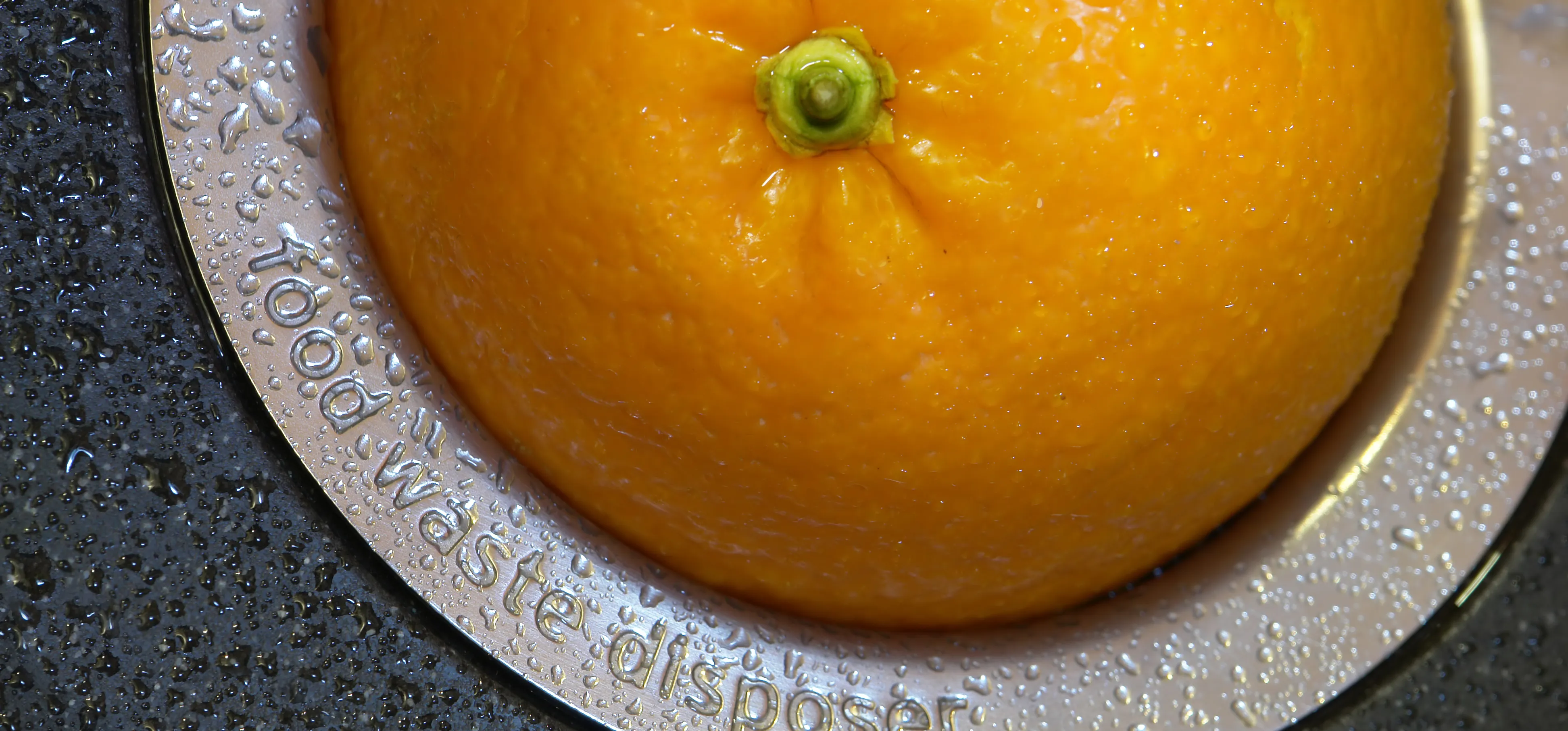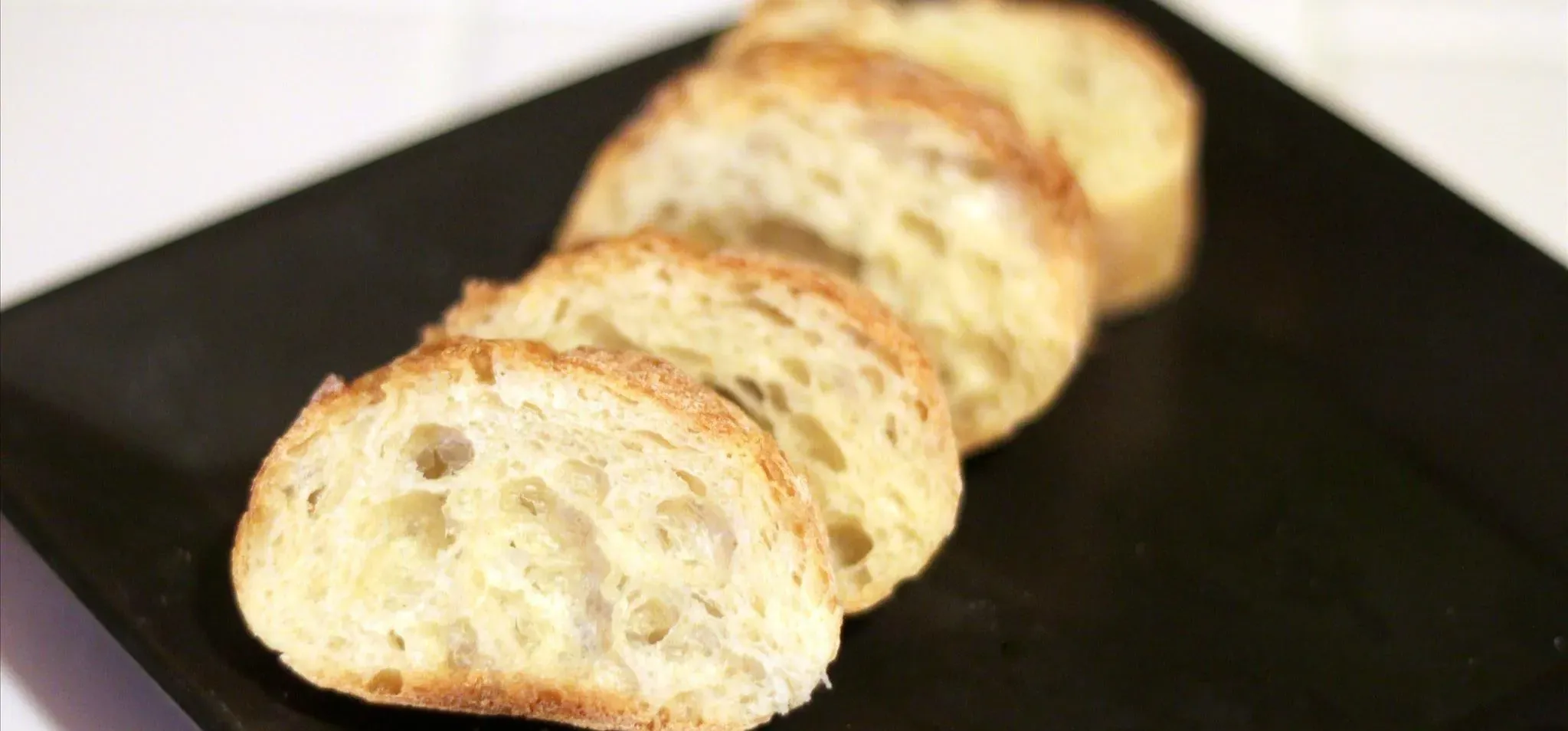We here at Food Hacks are all about saving you, our wonderful readers, time and trouble in the kitchen. So when I saw that Barilla had come out with their Pronto line of "One Pan, No Boil, No Drain" pasta, I had to give it a try. While no-boil lasagna noodles have been around for a while and allow the pasta to essentially cook en casserole, this relatively new addition to the pasta scene includes elbow, penne, spaghetti, and rotini varieties that allow for usage in a greater variety of pasta recipes.

Same box size, but note the different dry volumes (12 oz. vs. 16 oz.).
Even though a large variety was available, I decided on rotini pasta for a few reasons:
- The size of each type of noodles was much closer to each other than with the penne, where the no-boil tubes were visibly smaller and narrower than their traditional sibling. I love elbow macaroni for salads and mac 'n' cheese, but otherwise it's not my go-to pasta choice.
- I wasn't sure that I could fit the spaghetti noodles in the skillet.
With the style of pasta chosen, I then decided to test both pastas from start to finish: from their appearance and cooking times for each type, to the consistency and flavor of the pasta when mixed in with sauce.
The First Trial: Initial Appearance & Cooking Time
When comparing their physical differences, the no-boil rotini noodles have a tighter coil when dry than the regular rotini. Otherwise, there were no significant differences in appearance (as seen below).

Pronto pasta on the left; traditional on the right.
Next, the most important difference between the two pastas: the cook times. For the Pronto rotini, the instructions tell you to put the entire 12 oz. box into a 12-inch skillet (not a saucepan, in which pasta is traditionally boiled) and cover with 3 cups of cold water. Since we are instructed to make sure the pasta is covered with the water, I added another half cup to ensure that all the noodles were, in fact, submerged.

Pronto pasta in skillet, fully submerged in water.
As instructed, I turned my burner onto high and set a timer for 10 minutes. Since the instructions did not indicate the need to cover the skillet, I left it uncovered; this also made the occasional stirring that was recommended easier.
After 10 minutes, there was still a lot of water unabsorbed by the pasta and it definitely was not al dente as advertised. I gave it another 2 minutes, and while at this point the noodles definitely had a better "mouth feel," there was still enough water in the skillet that I felt I needed to drain it before adding the sauce. So, the total cooking time for the no-boil pasta was 12 minutes.
I must note that the instructions do say that the pasta can continue cooking in the sauce, and that one needs to keep stirring until "desired sauce consistency and pasta texture are reached." But this still doesn't account for the excess water left in my pan that I was forced to drain, so keep that in mind as well.

After 12 minutes of cooking (the recommended 10 minutes plus an additional 2). Too much water left in the pan for me to not drain it!
Next, I turned to my old friend: traditional rotini. It took exactly 12 minutes for the water in my saucepan to boil, and once I dumped in the entire 16 oz. box (note the difference in dry volume from the Pronto pasta) it was approximately 4 minutes before the water returned to a nice, rolling boil. The box says that the pasta should be al dente after 7 minutes, but I found it to be far too chewy at this juncture and gave it another 3 minutes, for a total preparation time of 26 minutes from start to finish.

Note the looser coil in the cooked, traditional rotini.
To summarize: the no-boil pasta required 12 minutes of cooking from start to finish, whereas the traditional pasta required 26 minutes—so the no-boil pasta cuts the cook time to less than half! However, the no-boil pasta also required draining (when it advertises that this is not required) and overall makes less pasta (12 oz. dried compared to the traditional amount of 16 oz. per box).
The Second Trial: Consistency & Flavor
Now, we've established that the no-boil pasta is much faster to cook... but the way the pasta tastes is just as important as its convenient cooking time. Let's find out how it stacks up in consistency and flavor.
Before I "sauced" my pasta, I did an appearance comparison and a "tooth test." As you can see, the Pronto pasta remained somewhat more tightly coiled, but I can say that the actual texture and taste were virtually identical.

Cooked pastas: Pronto on the left; traditional on the right.
I decided to use Marcella Hazan's Bolognese as the sauce for both pastas. This incredibly popular recipe is easy to prepare, and the sauce's hardiness provides a nice challenge to the integrity of noodles while not being so dense as to be impossible to integrate with the pasta.
- Don't Miss: Why You Should "Whip" Pasta in Sauce

Pronto pasta mixed with bolognese sauce.
Both types of noodles mixed easily with the Bolognese, even without the addition of a little of the pasta cooking water.
Note: This would be my standard procedure if I were only making one batch of pasta; additionally, it follows the no-boil pasta box's recommendation of continuing to cook the noodles in the sauce.
The regular and Pronto rotinis Bolognese both tasted delicious—if I do say so myself—and were completely indistinguishable in texture and sauce integration. If I had mixed the two sauced batches together, no one would have been able to tell that there were two types of noodles in the dish.

Sauced Pronto pasta on the left; sauced traditional pasta on the right.
Conclusion: Faster Is Better!
There are a number of tips and tricks out there on how to cook pasta faster or better. But from now on, when I need to make rotini (and possibly penne or macaroni), I will be going with the Pronto variety of the pasta. With a stove-to-table time of under 15 minutes and a nearly indistinguishable flavor from regular pasta, this pasta hack is quick, easy, and produces a very satisfactory result. (In fact, this no-boil pasta would be perfect for one-pot pasta if you're looking to save even more time.)
Buon appetito!
Even More Pasta Hacks:
- How to Make Naturally Colored Pasta with Beets, Spinach, & More
- 10 Easy Tricks to Make Store-Bought Pasta Sauce Taste Homemade
- Why Does a Wooden Spoon Stop Pasta from Boiling Over?
- Lasagna Soup, Plus Other Yummy Ways to Use Lasagna Noodles
- The Essential Secrets for Amazing Homemade Mac & Cheese
Photos by Wendy Schapiro/Food Hacks

























Comments
Be the first, drop a comment!